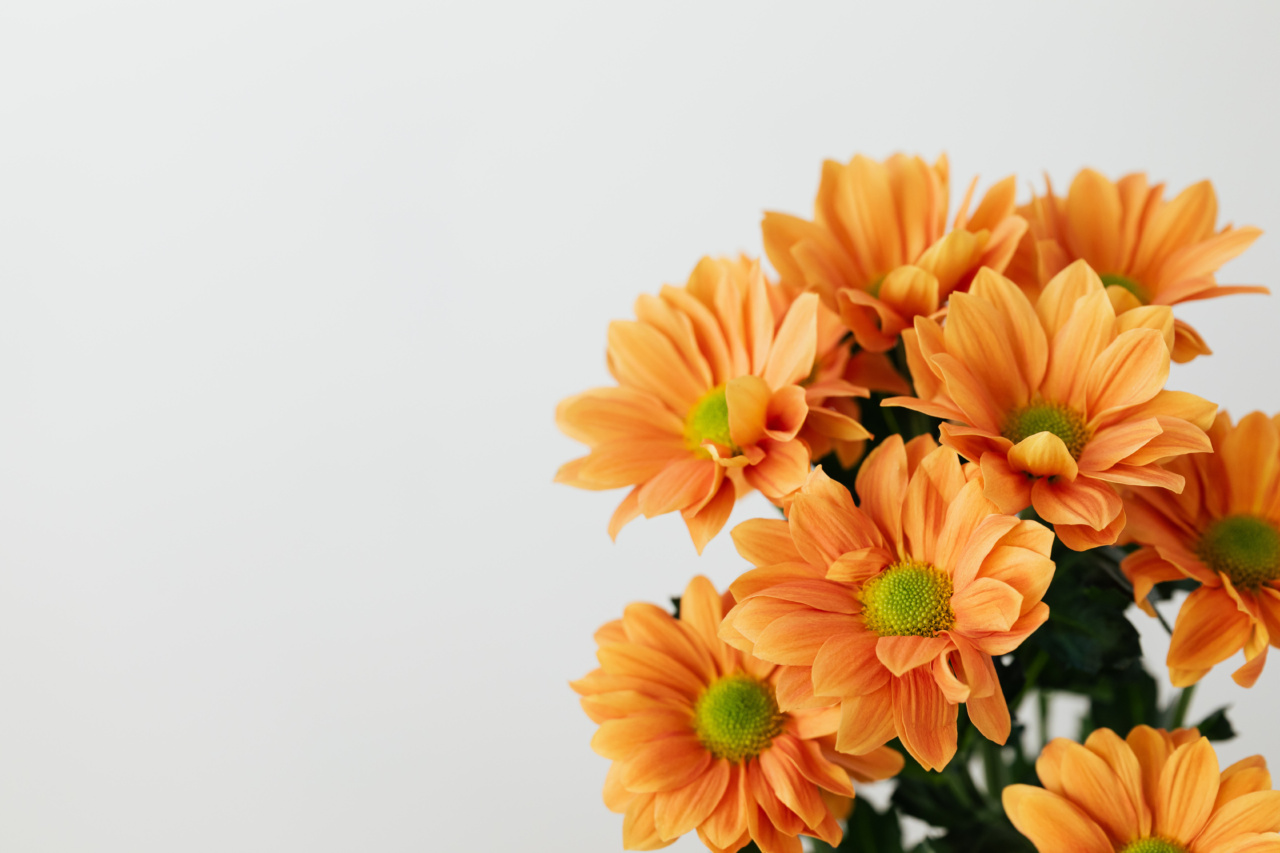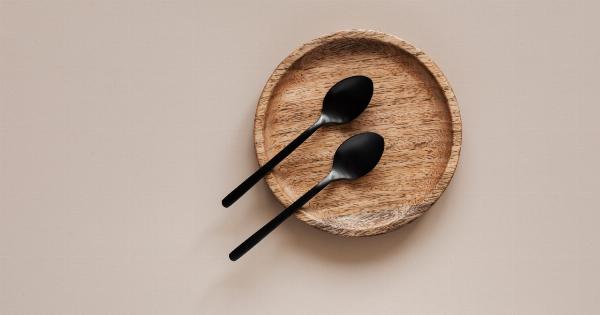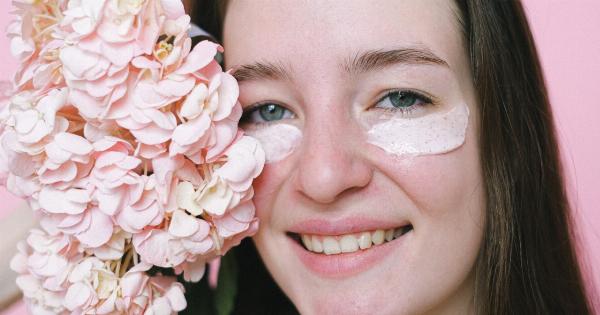Many people view moles as blemishes or imperfections on their skin, but what if we told you that these little spots of pigment could actually be quite beautiful? Moles come in all shapes and sizes and can be found in various locations on our bodies.
In this article, we will explore the different types of moles and share tips on how to embrace and enhance their beauty.
Understanding Moles
Before we delve into ways to uncover the beauty in your moles, let’s first understand what they are. Moles, also known as nevi, are clusters of pigmented cells that appear as dark spots on the skin.
They can be present from birth or develop over time due to sun exposure or hormonal changes. Moles can be flat or raised, smooth or rough, and can range in color from tan to black.
Types of Moles
Not all moles are created equal. There are several different types of moles, each with their own characteristics and potential risks:.
1. Congenital Moles
Congenital moles are present at birth and are usually larger in size. While these moles are generally harmless, larger congenital moles have a slightly higher risk of developing into skin cancer later in life.
Regular monitoring and protection from excessive sun exposure are essential.
2. Acquired Moles
Acquired moles are the most common type and develop throughout our lives. They can appear anywhere on the body and are typically smaller in size.
Acquired moles are generally harmless, but changes in their size, shape, or color should be monitored as they can indicate potential skin issues.
3. Dysplastic Moles
Dysplastic moles, also known as atypical moles or Clark’s nevi, are irregularly shaped and larger in size. These moles may have uneven coloration and borders.
While most dysplastic moles are harmless, they have a higher risk of developing into melanoma, the deadliest form of skin cancer. Regular skin checks with a dermatologist are important for individuals with dysplastic moles.
4. Junctional Moles
Junctional moles are typically round and dark brown in color. They appear at the junction between the epidermis (outermost layer of the skin) and the dermis (second layer of the skin).
Junctional moles pose minimal health risks but can be a cosmetic concern due to their visibility.
Enhancing the Beauty of Your Moles
Now that we have a better understanding of moles let’s discuss ways to embrace and enhance their beauty:.
1. Acceptance
The first step in uncovering the beauty of your moles is accepting them as a part of who you are. Moles are unique to each individual, and they contribute to your distinct appearance.
Embrace your moles and celebrate the diversity they bring to your skin.
2. Skincare
Proper skincare is essential for maintaining healthy skin, including your moles. Keep your skin clean and moisturized, and use sunscreen with a high SPF to protect your moles from harmful UV rays.
Avoid excessive sun exposure, particularly during peak hours, and wear protective clothing to shield your skin from the sun’s rays.
3. Makeup Techniques
Makeup can be a powerful tool for enhancing the beauty of your moles. If you want to minimize the visibility of certain moles, use a color corrector or concealer to match your skin tone and blend them into the surrounding skin.
Alternatively, if you want to draw attention to your moles, use a subtle highlighter or shimmer on and around them to accentuate their natural beauty.
4. Accessories
Consider incorporating accessories into your style that complement your moles. For example, if you have a mole near your ear, wear statement earrings to draw attention to it.
If you have a mole on your hand, try wearing rings or bracelets that highlight its presence. Accessories can be a fun way to embrace your moles and make them a part of your overall look.
5. Embracing Uniqueness
Rather than trying to hide or alter your moles, embrace their uniqueness. Each mole tells a story and adds character to your skin. Instead of seeing them as flaws, view them as beautiful marks that make you who you are.
Monitoring for Changes
While most moles are harmless, it is crucial to monitor them for any changes that could indicate potential health risks. Keep an eye out for changes in size, shape, color, or texture.
If you notice any unusual changes or experience itching, bleeding, or pain in or around a mole, consult a dermatologist promptly.
Seeking Professional Advice
If you have concerns about a particular mole or want professional guidance on mole care, it is always advisable to consult a dermatologist.
They can evaluate your moles, perform any necessary tests, and provide personalized recommendations based on your skin type and health history.
Conclusion
Moles are beautiful and unique aspects of our skin. Rather than viewing them as imperfections, we should celebrate their presence and embrace the diversity they bring.
By practicing good skincare, utilizing makeup techniques, and accepting our moles, we can uncover the beauty within them. Remember to monitor any changes in your moles and seek professional advice if needed. Let your moles be a source of pride and individuality, as they are an integral part of what makes you uniquely beautiful.






























